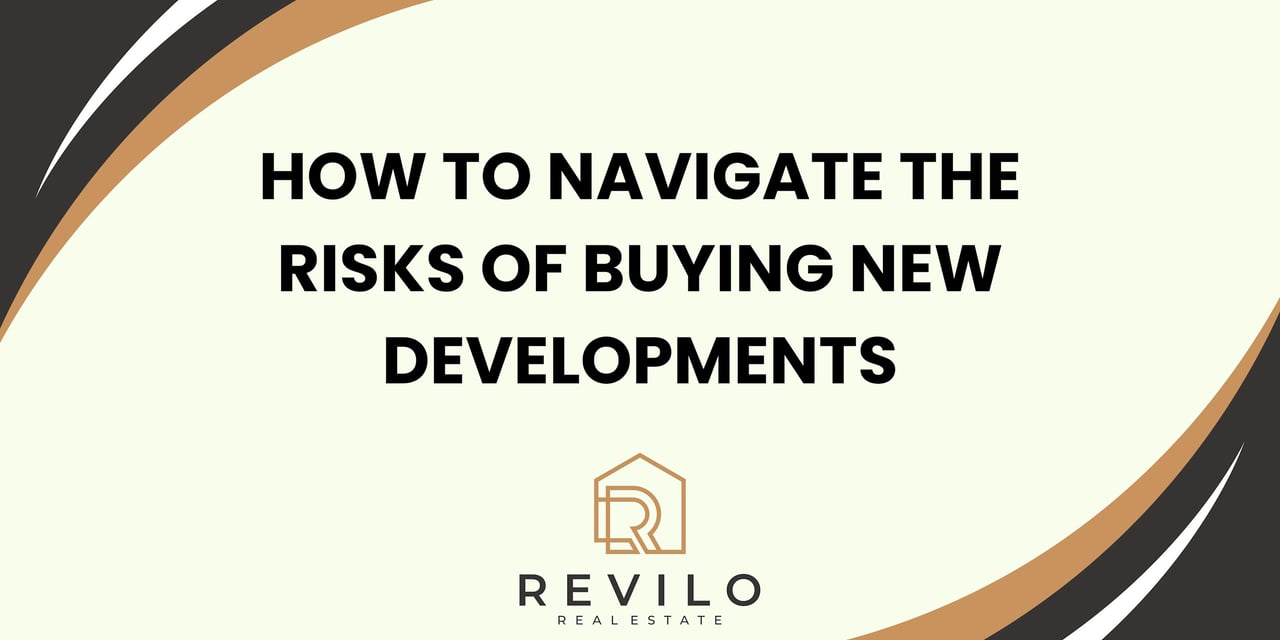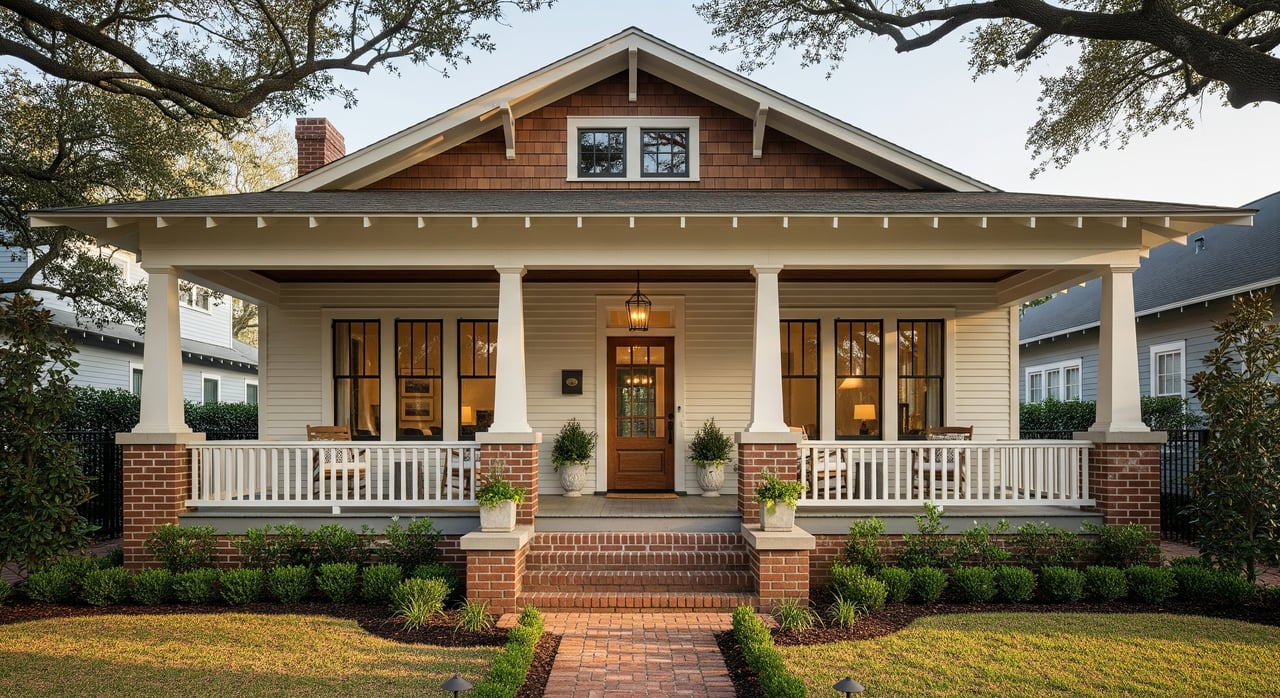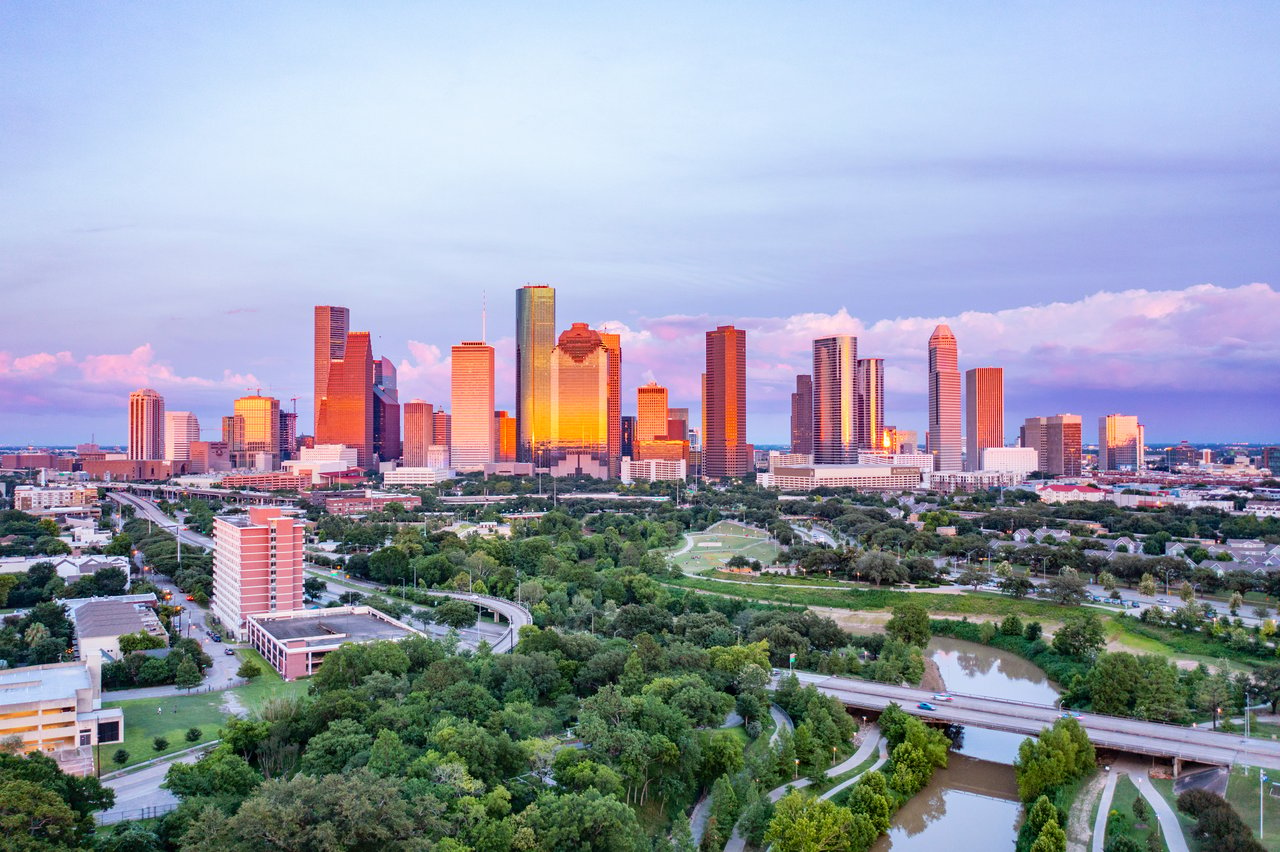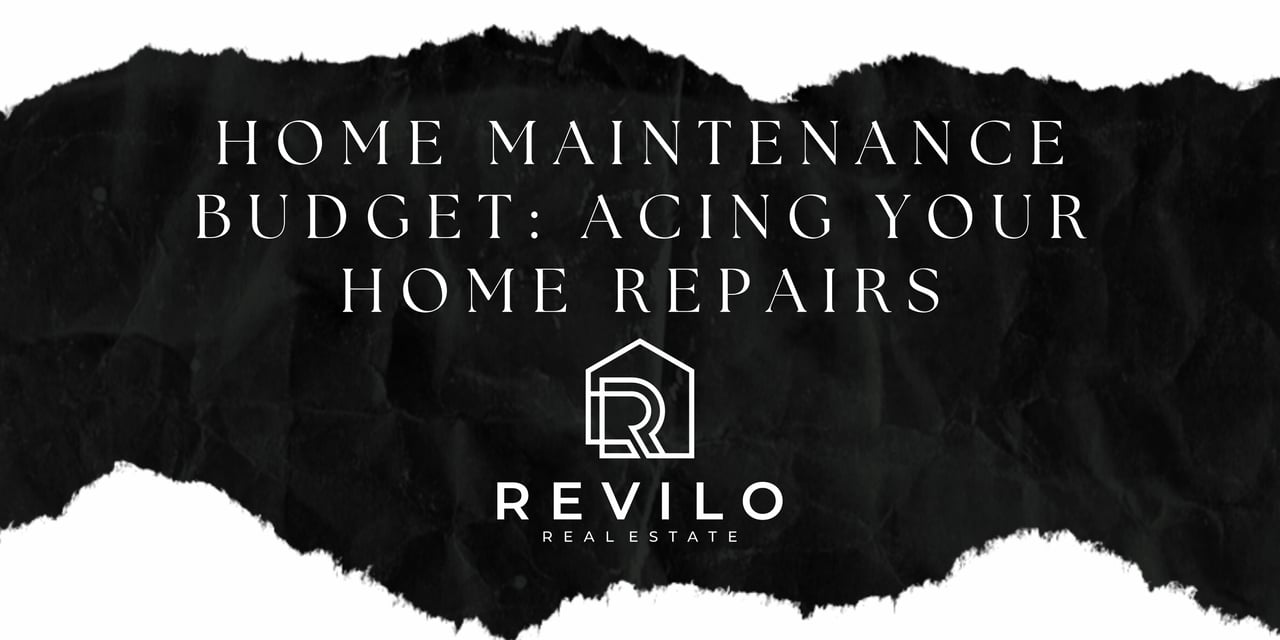How to Navigate the Risks of Buying New Developments
real estate

real estate

Buying a new development property can offer many benefits, such as modern amenities, energy efficiency, and a fresh start with no prior owner. However, it also comes with its own set of risks. Here are some steps to help you navigate these risks effectively:
By taking these steps, you can better navigate the risks associated with buying a new development and make a more informed decision.
For further insights and updates, connect with us here at Revilo Real Estate and follow me on Instagram, Facebook and LinkedIn.




real estate

real estate

homes
Local Houston Realtor

homes

homes

real estate
We pride ourselves in providing personalized solutions that bring our clients closer to their dream properties and enhance their long-term wealth.